“You’re going where?” – my mum.
When a parent hears the news that their child is going to Colombia, they are typically…less than thrilled. And to be fair, if you had ingested the last four to six decades of Colombian news, you’d probably be a little hesitant to send a loved one there, too.
From the 70’s to the end of the century, Colombia was the setting of an all-out brawl between a wildly corrupt government, a cut-throat communist militia, a far right private militia, and a certain drug lord who, in this article at least, shall remain nameless (we’ll get to that later). Presidents were shot, bombs were set off in schools, and the rich and influential were kidnapped on the daily. In the early 90s, Medellin, Colombia’s third biggest city, was the murder capital of the world.
But when I first came to Colombia in 2015, it was like I’d been transported to upside down world. It was so… normal. The streets were tranquil, the people were friendly, and the only bangs I heard were from the speakers playing reggaeton at an inadvisable volume. As a solo backpacker, there are endless things to do in Colombia, and it quickly became my favourite country in the world.
Such were the depths of my love for the country that I created a bomb Colombia itinerary, came back four years later, and have settled down in Medellin. Yes, that Medellin. And despite being well aware of my previous (positive) experience here, my mum still had the same reaction when I announced my plans to return. “Oh Michael, you don’t have to, do you?” Thankfully, this time I was prepared.
“Listen here, Speed,” I said (yes, my mum’s name is Speed. No, it’s not because of methamphetamines). “Let me lay down 11 facts that prove that Colombia is safe, clean, and totally cool.” Here’s what I said:
As of 2016, Colombia is officially at peace
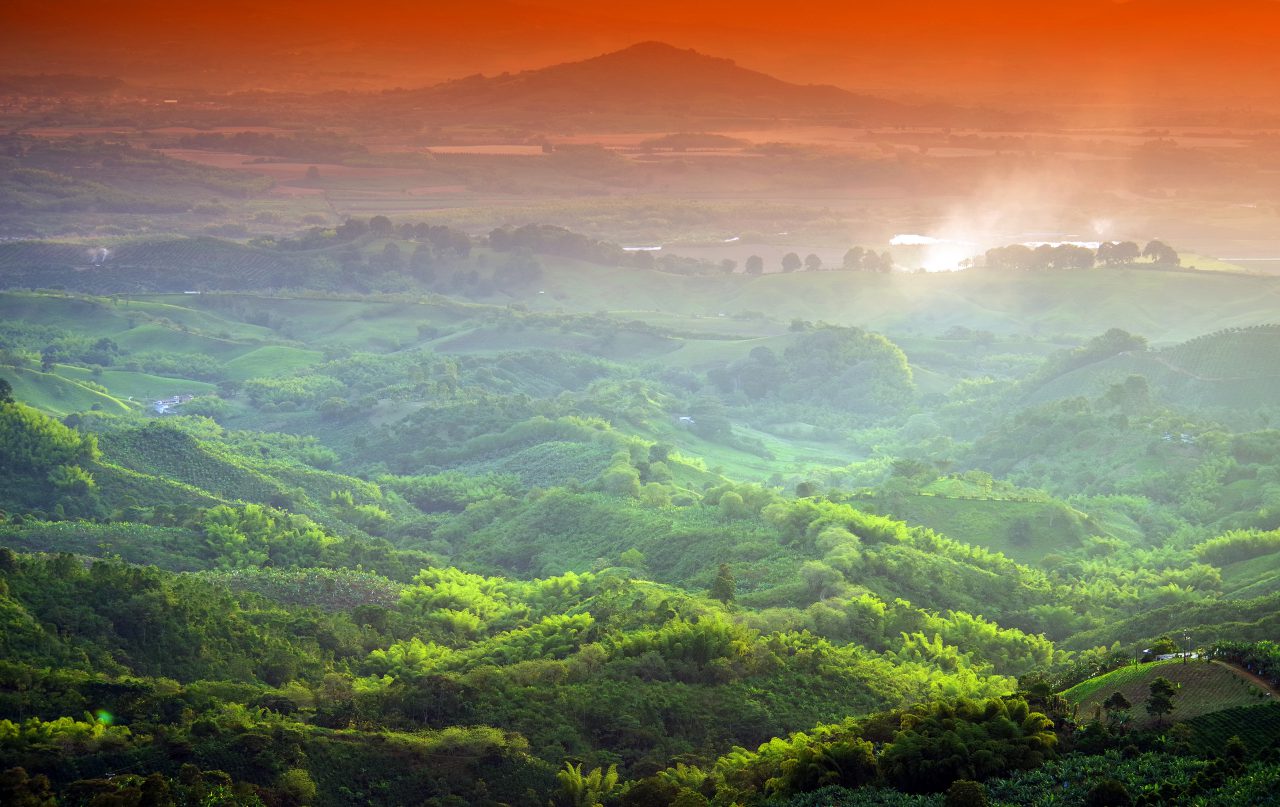
Colombia’s fortunes began to change on the 2nd of December 1993. That was the day that the leader of the Medellin cartel, he who shall not be named, was killed. While certain TV shows might glorify his existence, this man made life absolute hell for an entire nation. You often hear the Robin Hood argument from us gringos. “But he gave to the poor, didn’t he?” The response from the Colombians I have spoken to is blunt.
“He built 390 houses (Barrio Pablo Escobarto) try to buy votes from the poor for his run at presidency. Meanwhile, his organisation killed 110,000 people. How many houses should he have built to make those deaths OK?”
In the 25 years since his death, Colombia has slowly pulled itself up by the bootlaces. The final piece of the puzzle fell into place in 2016, when a peace treaty was signed that effectively disbanded FARC (the communist militia), the last vestige of the bad old days. No fighting in the streets. No grabs for power. A peaceful democracy.
Statistically, Colombian cities are safer than many in the US
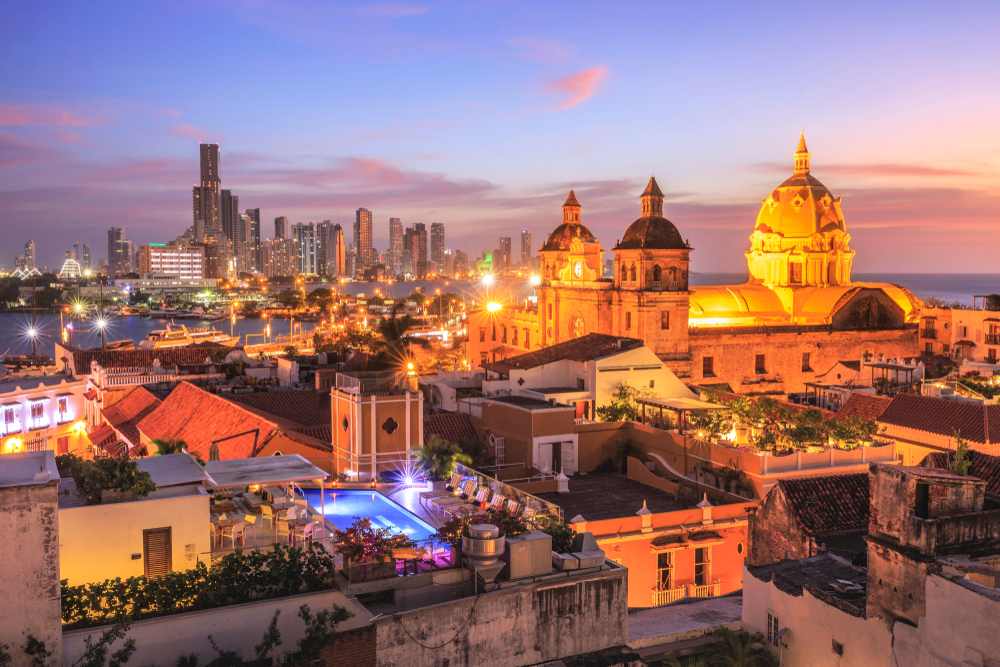
Chicago, Memphis, New Orleans, Detroit: by crime rate, these are just a handful of US cities that are statistically more dangerous than either Bogota or Medellin. Ask your mum, would she be as concerned about you taking a photo under The Bean, or heading to New Orleans for Mardi Gras? Comparatively, Colombia is just as (if not more) safe as the cities right outside your backyard.
Everything you know about Medellin is wrong
According to locals, Narcos is about as much of a documentary as The Neverending Story. Thanks to the relentless outside interest in its history, pop culture continues to paint Medellin as a haven for cocaine and crime. But these stereotypes couldn’t be farther from the truth of modern day Medellin.
The transformation of this city has to be seen to be believed. Once the bad actors were reined in, the focus was put on safety and urban rejuvenation. The city centre and areas like El Poblado and Envigado have a vibe that’s hard to describe – edgy, energised, and effortlessly cool is the best that I can do. It’s a turnaround that’s hard to comprehend from a place that was the murder capital of the world just 25 years ago.
Bogota is one of the safest cities in South America
By far the largest city in Colombia, historically Bogota’s reputation hasn’t been much better than Medellin’s. But it’s now one of the safest cities in Colombia (and the whole of the South American continent), with violent crime below even the traditionally safe US cities of Miami and Indianapolis.
And with an exploding street art scene, buzzing nightlife, and an enviable café culture, it’s now the favourite stop of many a foreigner.
The most common crimes are the least harmful

Crime happens everywhere. Fortunately, almost all of Colombia’s modern day crime is quite harmless, if a little inconvenient. So, just like in the middle of Paris or on the Venice Beach boardwalk, keep your valuables close to you, try to use Uber or book all of your taxis, and don’t blindly sign things that are placed in front of you!
Uber is everywhere
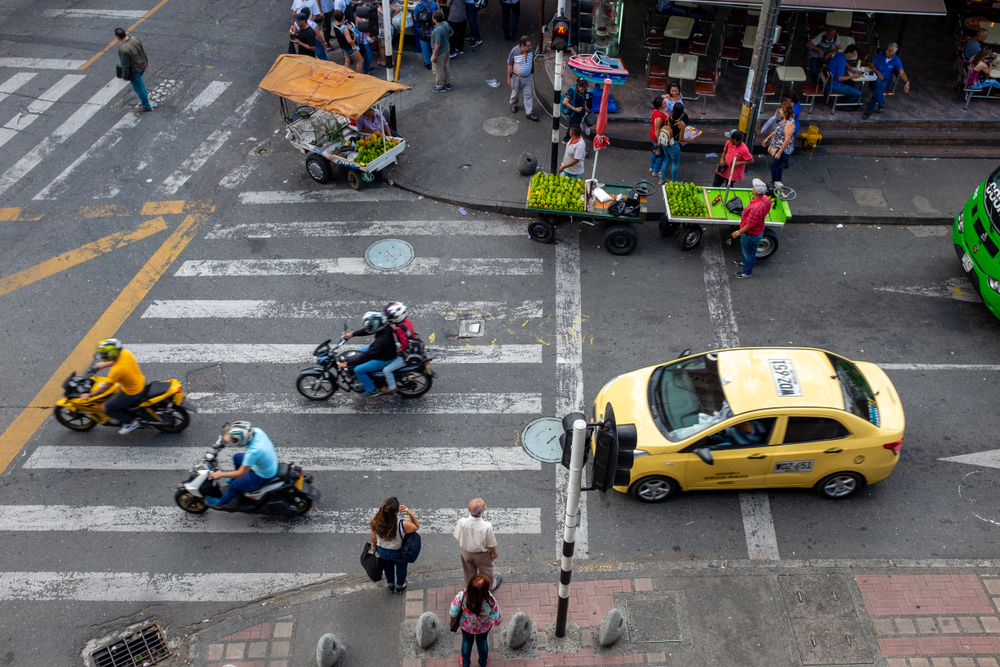
I hate taxis with a passion. In my experience, as soon as a taxi driver realises you’re not from here, there’s about a 50% chance that they’ll try to charge you more than they should. I’ve had countless run-ins with drivers all over the world, including in Colombia in 2015, so when Uber began to offer its services internationally, I felt the weight of a cab being lifted off my shoulders.
A note: while it’s available, Uber is technically illegal in Colombia. You’ll need to be discreet in catching one at places like the airport (my driver asked me to wait here when I landed in Medellin), and you should always jump in the front seat. That said, having caught multiple Ubers per day for the last two months, I haven’t experienced an ounce of trouble from the authorities.
Kidnapping is essentially non-existent
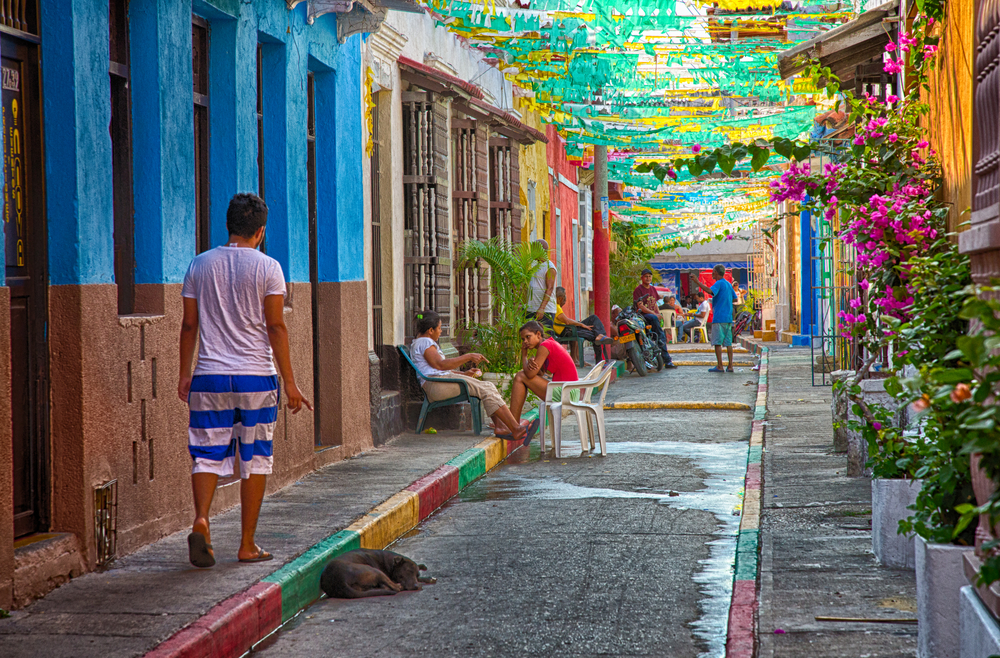
Historically, Colombia has had a serious kidnapping problem. The cartels, FARC, and many lone wolves realised long ago that kidnapping the right person could result in a big and relatively easy payday, so the partners, the kids, and the grandparents of anyone with money were forever a target.
Since the turn of the century, however, kidnappings in the country have fallen by over 90%. What’s more, tourists were never really targets. See, Colombia is safe, there’s really no need to worry at all mum!
Tap water is safe to drink
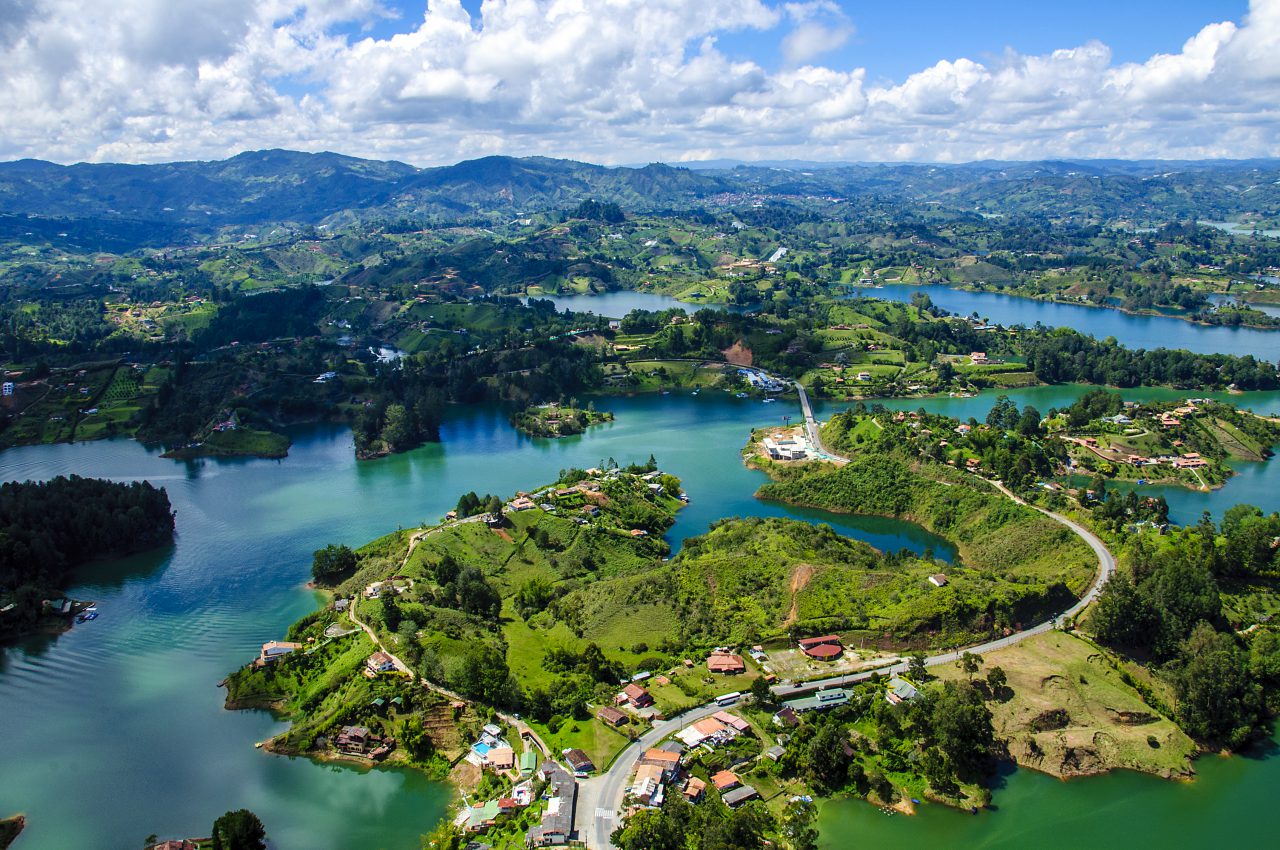
No cholera or disposable plastic here friends! Colombia’s tap water is safe, free and delicious.
The healthcare is so good Colombia is a treatment destination
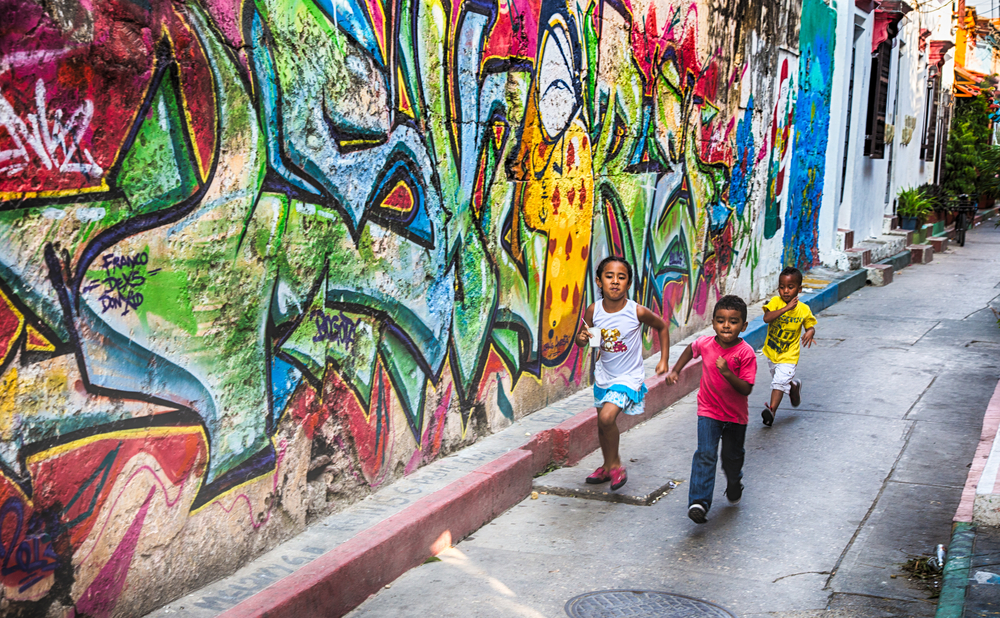
First world service at developing world prices. It sounds too good to be true, but it ain’t. Colombia has developed a reputation as a treatment destination, with surgeries both elective and non-elective being offered to gringos at stunning prices.
Laser eye surgery actually has its beginnings in Colombia, so my fiancé had the procedure here. While I paid AU$6000 in Australia three years ago, she ended up paying AU$1400 to have the exact same surgery performed with exactly the same equipment in Medellin. She’s never seen better.
“What if you get sick or injured?” mum asks. Honestly, I’d almost rather it happen in Colombia.
You don’t need extra vaccines
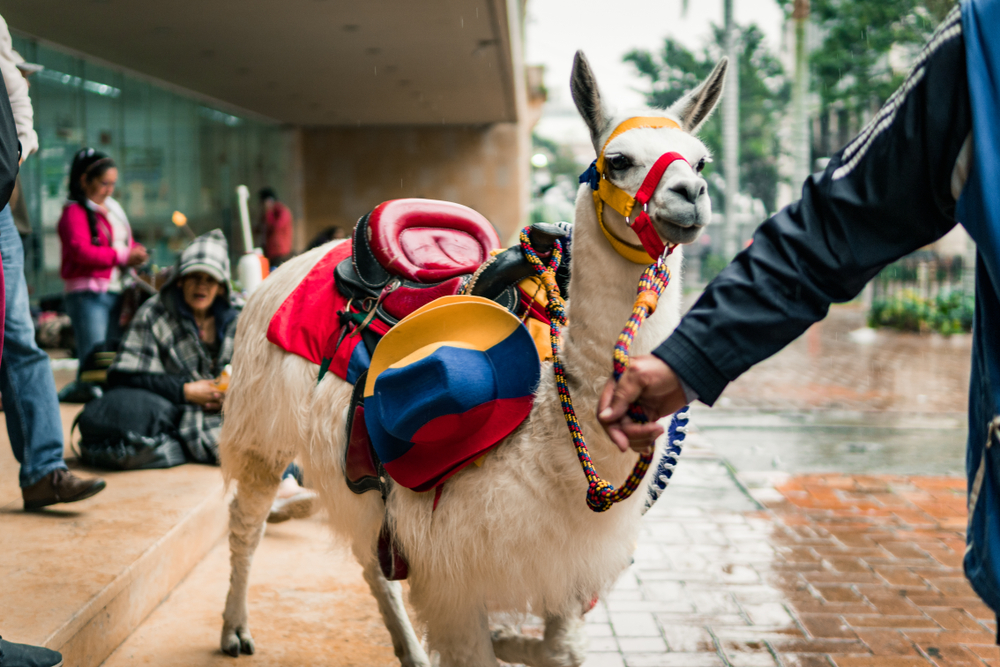
While certain travellers may need jabs if they plan to explore deep into the Amazon, most folks who follow normal tourist trails won’t need any extra vaccines for their Colombian adventure. Be sure to check with your doctor before you leave, though, to ensure that you’re following best safe practices before traveling to Colombia.
The people are the friendliest and most hospitable I’ve ever encountered
Sure, this is less a fact than it is an opinion, but if there was an objective way to measure friendliness and hospitality, I am 100% certain that the Colombians would come out on top.
The sad truth is that Colombians know their international reputation, and as such they’re often truly surprised when a foreigner has bothered to visit them.
We were on a walking tour through the centre of Medellin when an old and rather destitute looking dude came up to the group. The man patiently stood next to our tour guide, smiling away but not understanding a word the guide was saying as he told a long story about the troubles of Medellin. At the end of the story the man tapped the guide on the shoulder and whispered something in his ear. I instinctively went searching for change in my pockets. But the guide simply smiled and said, “This guy just wants me to tell you that you’re all very welcome here, and he thanks you for coming to his city.” I could’ve cried.